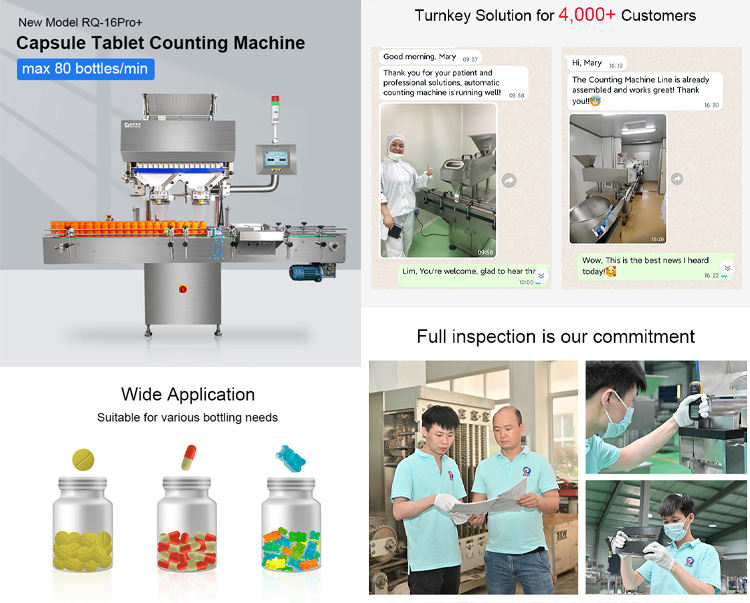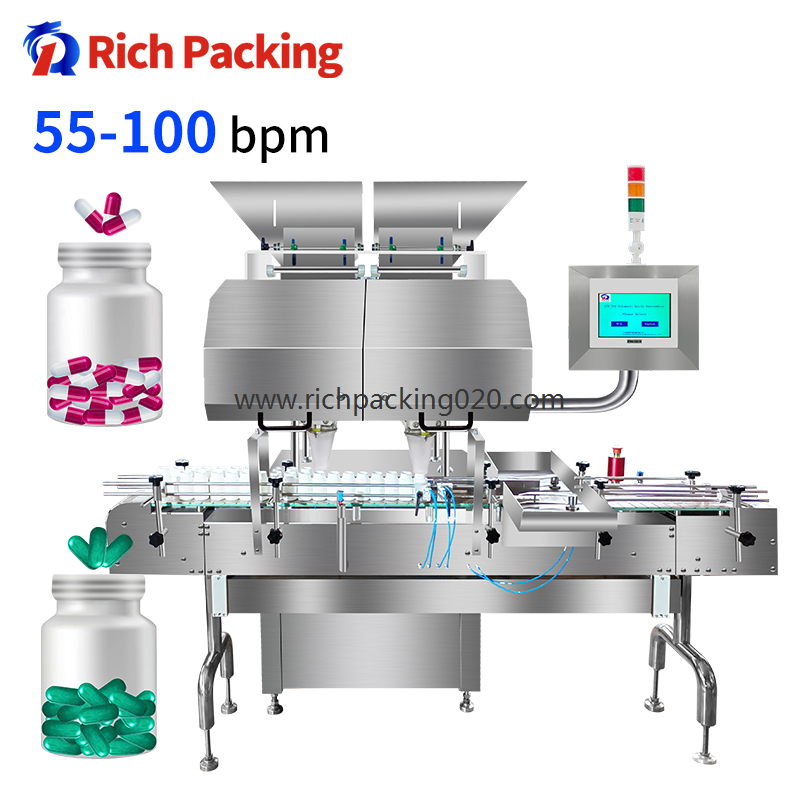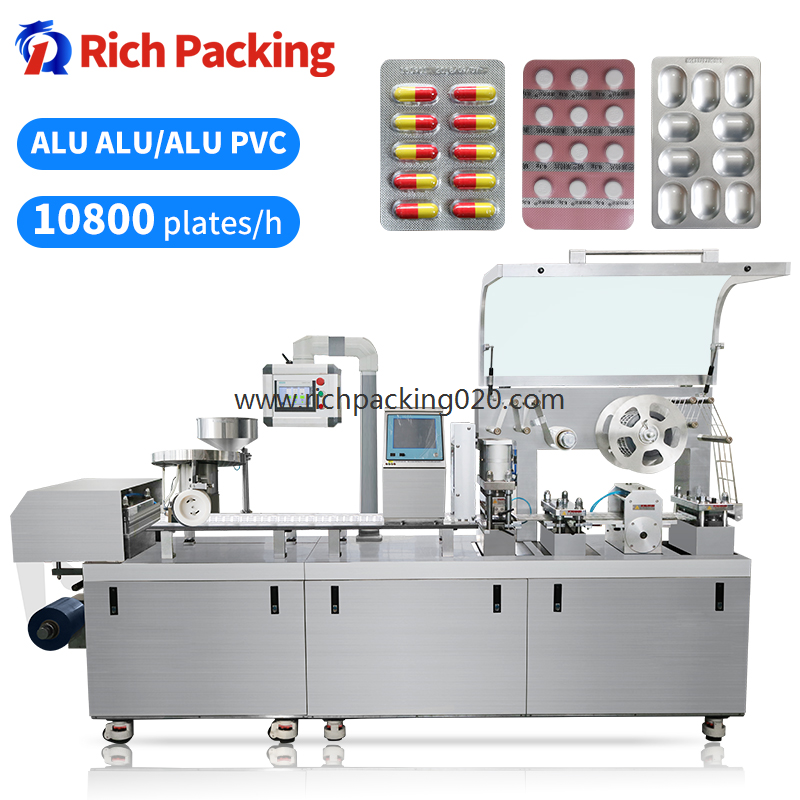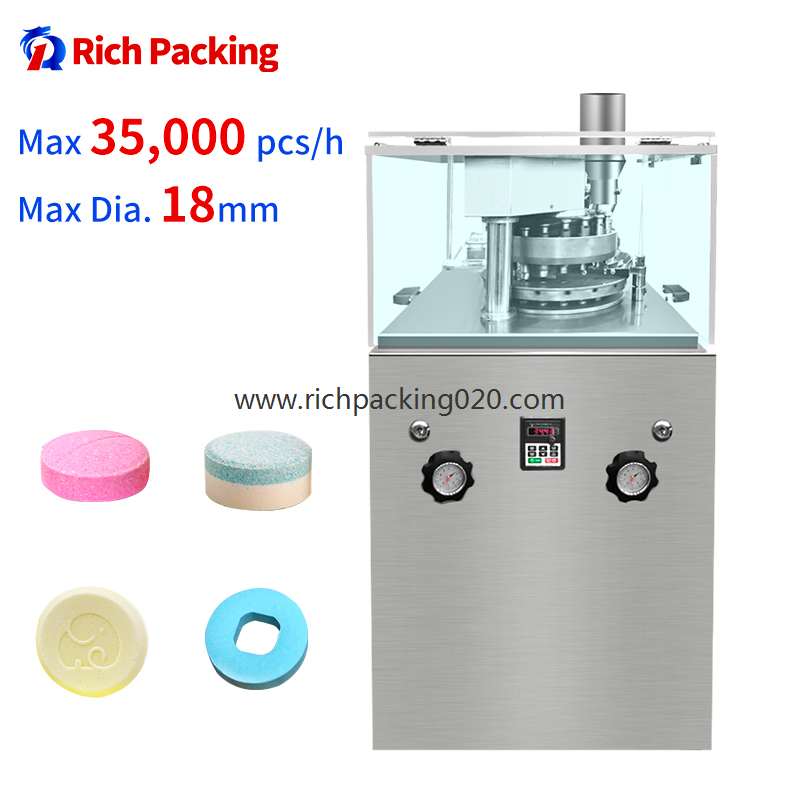HOT PRODUCTS
Details
 Home
> NEWS
> Industry News > Details
Home
> NEWS
> Industry News > Details
How To Reduce The Impact Of Dust On The Processing Of Grain Machines?
How To Reduce The Impact Of Dust On The Processing Of Grain Machines?
The particle counting machine is widely used in the pharmaceutical and food industries, and is one of the key equipment in the production line of granular medicine jars. It works by vibration dissipation and uses photoelectric effect. It can handle various shapes and sizes, although it is not limited by numbering templates. When counting dusty items such as tablets and pills, the problem of inaccurate counting can occur for a long time. So how do we solve this problem?
The conventional granulator uses a multi-channel conveying method to line up the items in each channel and trigger the corresponding photoelectric sensor for counting when they fall. When the cumulative number of each channel of the counting machine reaches the target value, the independent gates below the sensors are closed in turn so that the goods logistics are stacked according to the target number. However, the problems with this counting method are:
1. The photoelectric sensors of the granulator need to work close to the material and their sensitivity is easily affected by the dust generated by the material.
2. An array of sensors is needed to cover the width of the aisle. There is a certain distance between sensors, small items have a certain chance to detect the blind spot.
3. Array sensor resolution is limited, can not effectively identify debris and debris.
4. Multi-stage vibrating discs are used to disperse materials into multiple rows and separate them, occupying large flat space.
5. Access gates require very high response speed and very high cleanliness of compressed air. Slight delays in gate response may damage objects or cause inaccurate stacking.
Only one item can be allowed to pass through each aisle of the granulator. If the aisle is too small, it is not suitable for larger items. If the lanes are too large, the size of the equipment will increase proportionally, the chance of detecting blind spots increases, and the versatility of the equipment will be limited.
1. Visual counting method, remote imaging, not affected by dust.
2. High resolution, applicable to objects of different sizes, no detection blind spot.
3. Distinguishable between debris and broken particles, eliminate small piles of materials and avoid wasting capacity.
4. Single layer tray feeding and channel integration, greatly improve feeding density and production capacity.
5. No need for high speed gate, avoiding the risk of gate breakage and no requirement for compressed air cleanliness.
6. Small size, best capacity/volume ratio, easy for production line layout.







